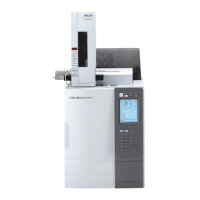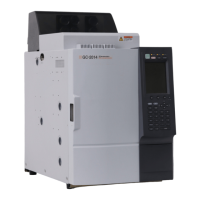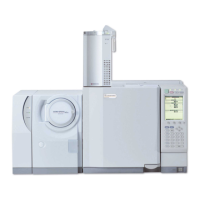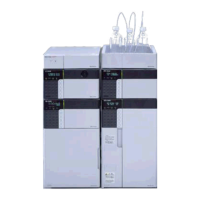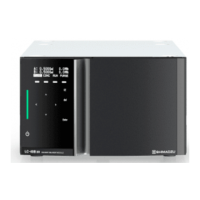ZEBV-5020C
Cautions on handling high-pressure gas cylinders
The gas cylinders used are covered by the High-pressure Gas Safety Law
.
Strictly follow the provisions of the High-pressure Gas Safety Law
when handling
these cylinders.
General Precautions
1. Locate the cylinders in a well-ventilated position outside that is not subjected
to direct sunlight. Transfer the gas through pipes.
2. Do not allow the cylinder temperature to exceed 40
M
C. Allow no naked
flame within two meters of the cylinders.
3. Ensure sufficient ventilation where high-pressure gas is used. Check for gas
leaks with soapy water during the start-up inspection. If flammable gas
(such as methane) is used, allow no smoking or naked flame within a 5m
range. Provide effective fire extinguishers.
4. Fasten cylinders with chains to ensure they cannot fall over.
5. Use an oilless gas pressure reducer. Do not use pipe with oil on the internal
gas-contact surface.
6. Immediately close the cylinder valve when the gas is no longer required.
7. Legal permission is required to store gas quantities of 300m
3
, or more. Refer
to the High-pressure Gas Safety Law
, General High-pressure Gas Safety
Regulations, and Fire Protection Law.
6. Exhaust
Provide exhaust duct plant and connect it to the instrument to prevent the discharge of
oil mist or injected solvents and sample directly into the room. (See the Exhaust Duct
Example below.)
As a guide, the exhaust duct plant should provide a flow of 3 to 20m
3
/minute. A
normal draft chamber can also be used.
The following oil-mist filter is available for use in situations where provision of an
exhaust duct is not possible. If this filter is used, injected solvents and samples are
discharged directly into the room.
Cat. No. Description
042-00124-31 Oil-mist filter EMF3
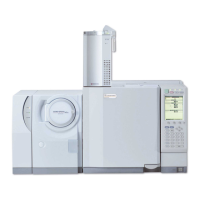
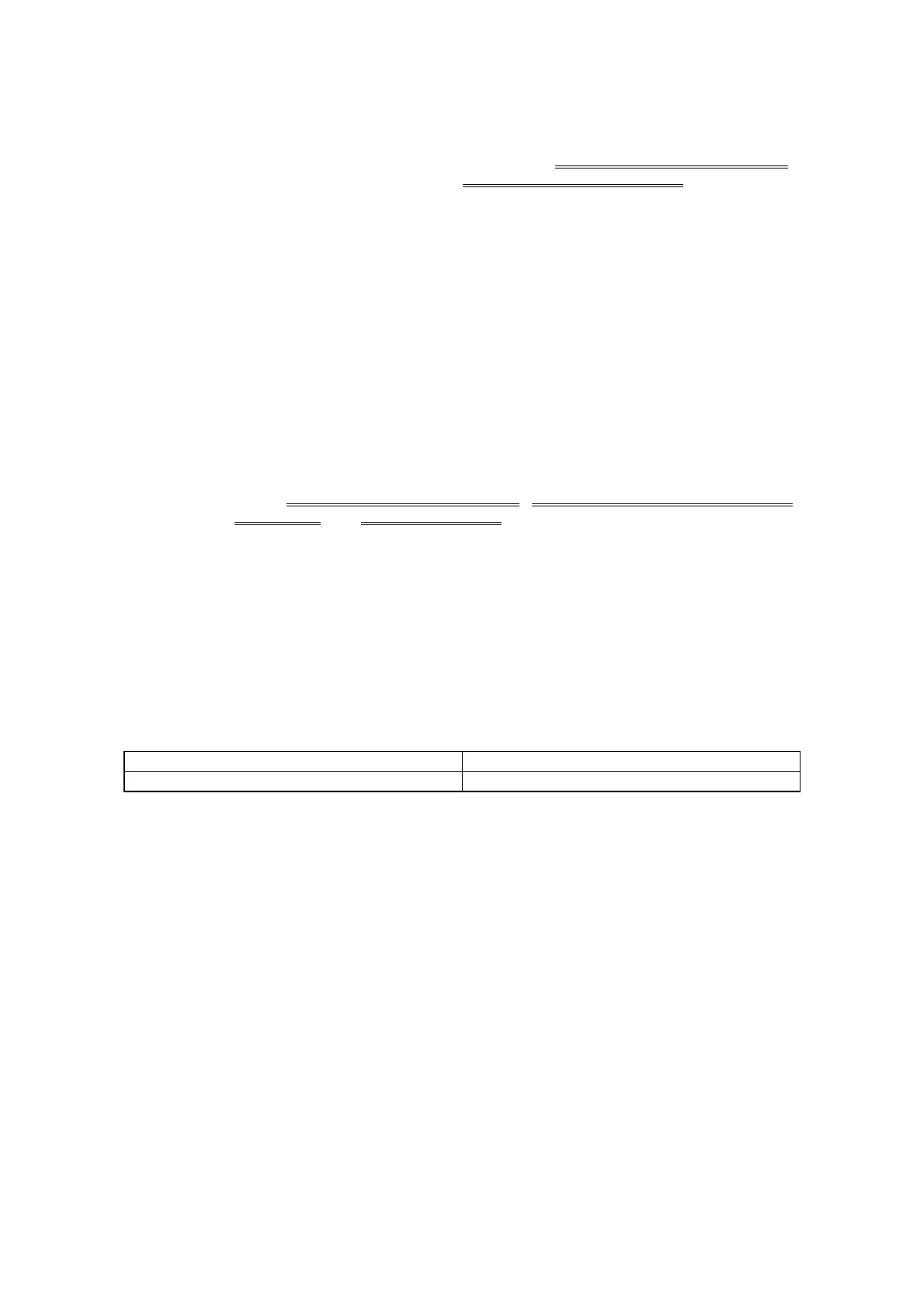